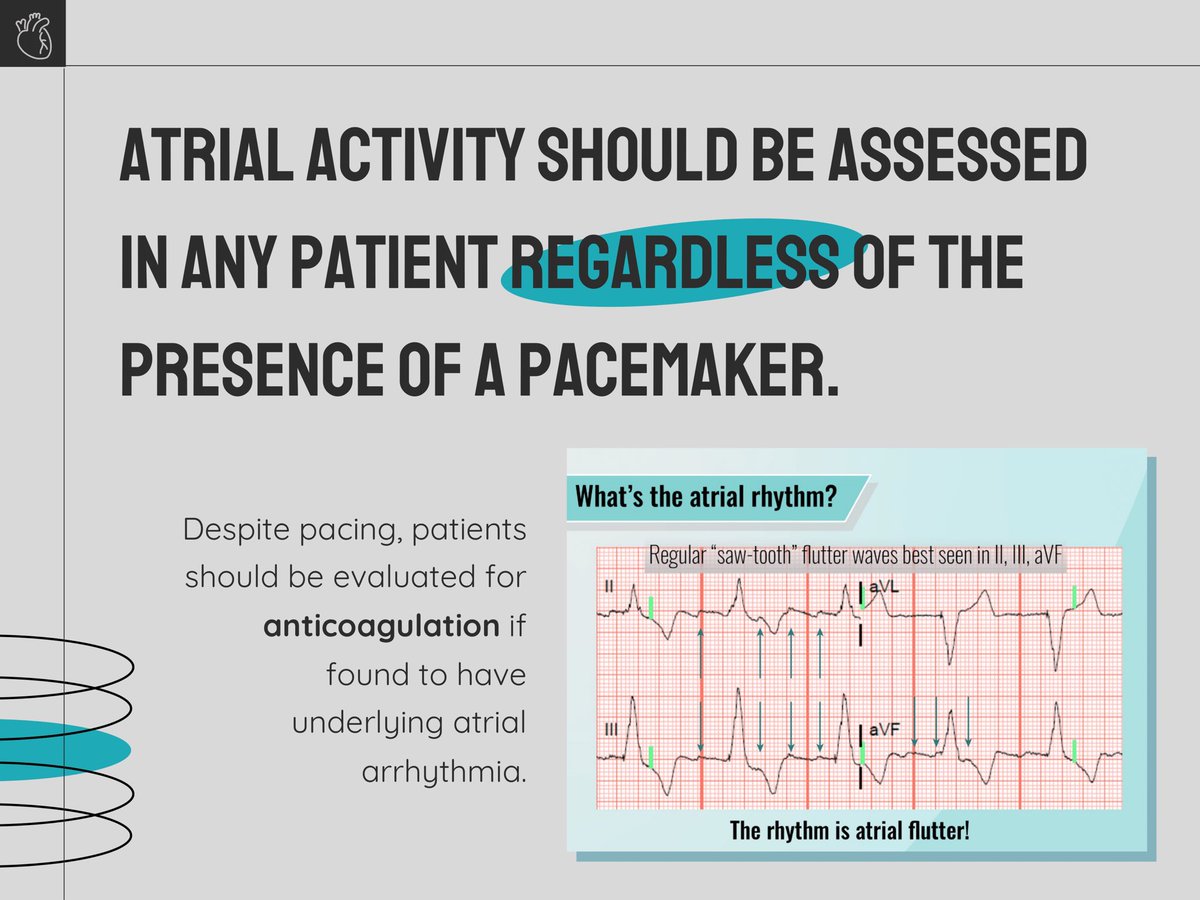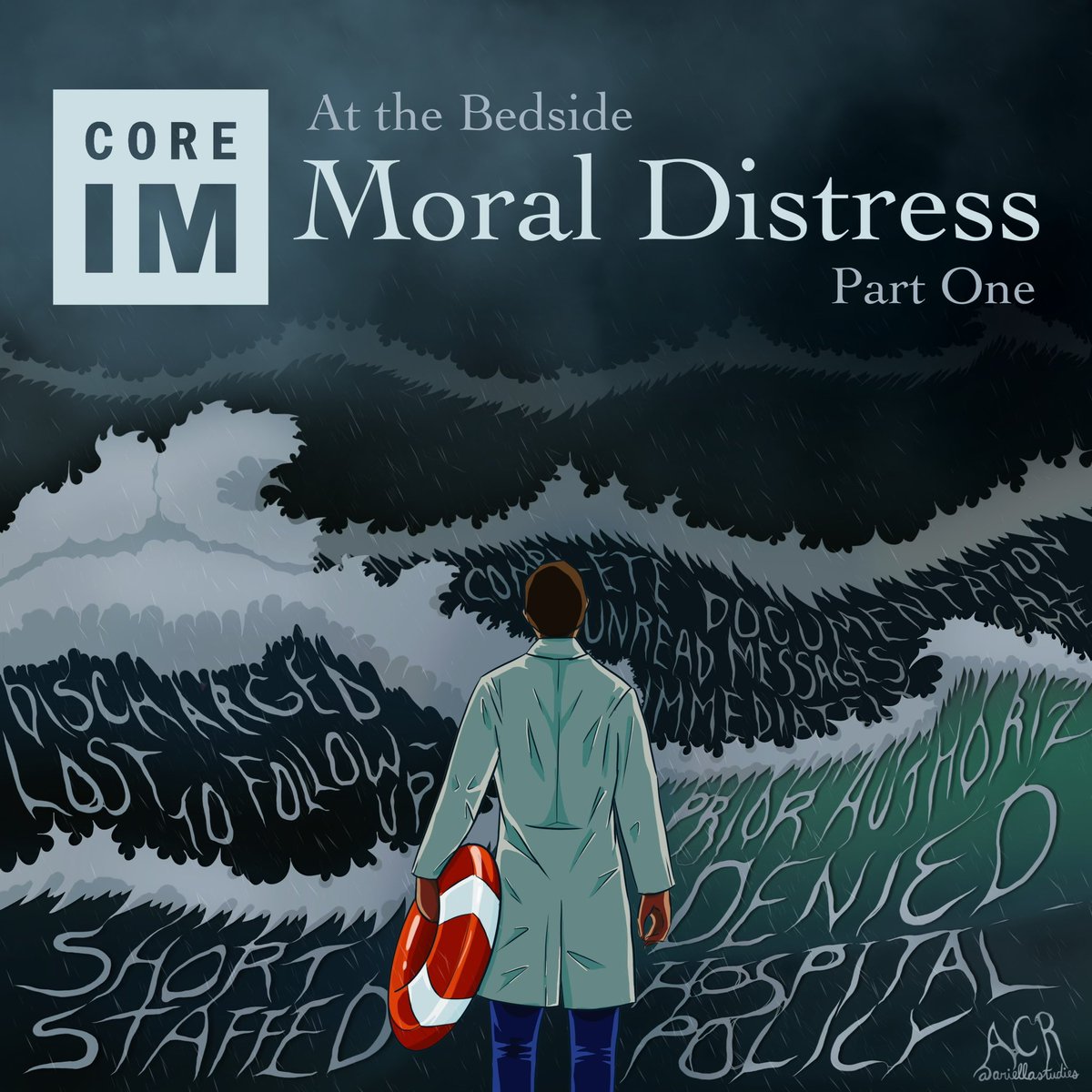1/ What better way to end off a week of pacemakers and ICDs than recapping and revisiting our #12LeadThursday series!
🧵
🧵

3/ Let’s start with conduction disease!
Refresh your memory with this past byte - 80 y/o M with hx of CABG…what's the rhythm?
bit.ly/40cAry0
Refresh your memory with this past byte - 80 y/o M with hx of CABG…what's the rhythm?
bit.ly/40cAry0
5/ Now onto heart failure!
Remember this byte?! 60 y/o M with symptomatic heart failure on guideline-directed medical therapy comes into your office…
bit.ly/3o7vfOz
Remember this byte?! 60 y/o M with symptomatic heart failure on guideline-directed medical therapy comes into your office…
bit.ly/3o7vfOz

7/ Let’s review! What are the PPM indications for dual chamber pacemakers?
What about BiV pacemakers?
What about BiV pacemakers?

9/ You can use EKGs to determine where leads are located!
Remember this byte?! New patients being admitted for heart failure…
bit.ly/3UwyT0i
Remember this byte?! New patients being admitted for heart failure…
bit.ly/3UwyT0i

10/ Use this graphic to review how lead placements will show up on an EKG!
For example, if the lead is in the RV apex, the EKG will result in a LBBB-like morphology
For example, if the lead is in the RV apex, the EKG will result in a LBBB-like morphology

11/ What does the following look like ECG?
- V-paced
- A-paced
- A-sensed and V-paced
- A-paced and V-paced
- V-paced
- A-paced
- A-sensed and V-paced
- A-paced and V-paced

12/ What about monitoring?
Remember this byte? Your patient presents for routine follow up in cardiology clinic! What’s the rhythm?
bit.ly/3KWgS8H
Remember this byte? Your patient presents for routine follow up in cardiology clinic! What’s the rhythm?
bit.ly/3KWgS8H

13/ Atrial activity should be assessed in all patients! Regardless of the presence of a pacemaker.
If they have an atrial arrhythmia, remember to evaluate for anticoagulation!
If they have an atrial arrhythmia, remember to evaluate for anticoagulation!

14/ What a packed week of pacemakers! Let’s review what we talked about:
- Pacemakers indications
- Using EKGs to determine lead location and sensing
- Monitoring patients with pacemakers
- Pacemakers indications
- Using EKGs to determine lead location and sensing
- Monitoring patients with pacemakers

15/ Check out our latest podcast on all things pacemakers and ICDs for more information! Shoutout to @SamuelMaidman and Vorada Sakulsaengprapha for this awesome byte!
🎧
link.chtbl.com/PacersICDs
Notes: bit.ly/PacersICDs
🎧
link.chtbl.com/PacersICDs
Notes: bit.ly/PacersICDs
• • •
Missing some Tweet in this thread? You can try to
force a refresh
















